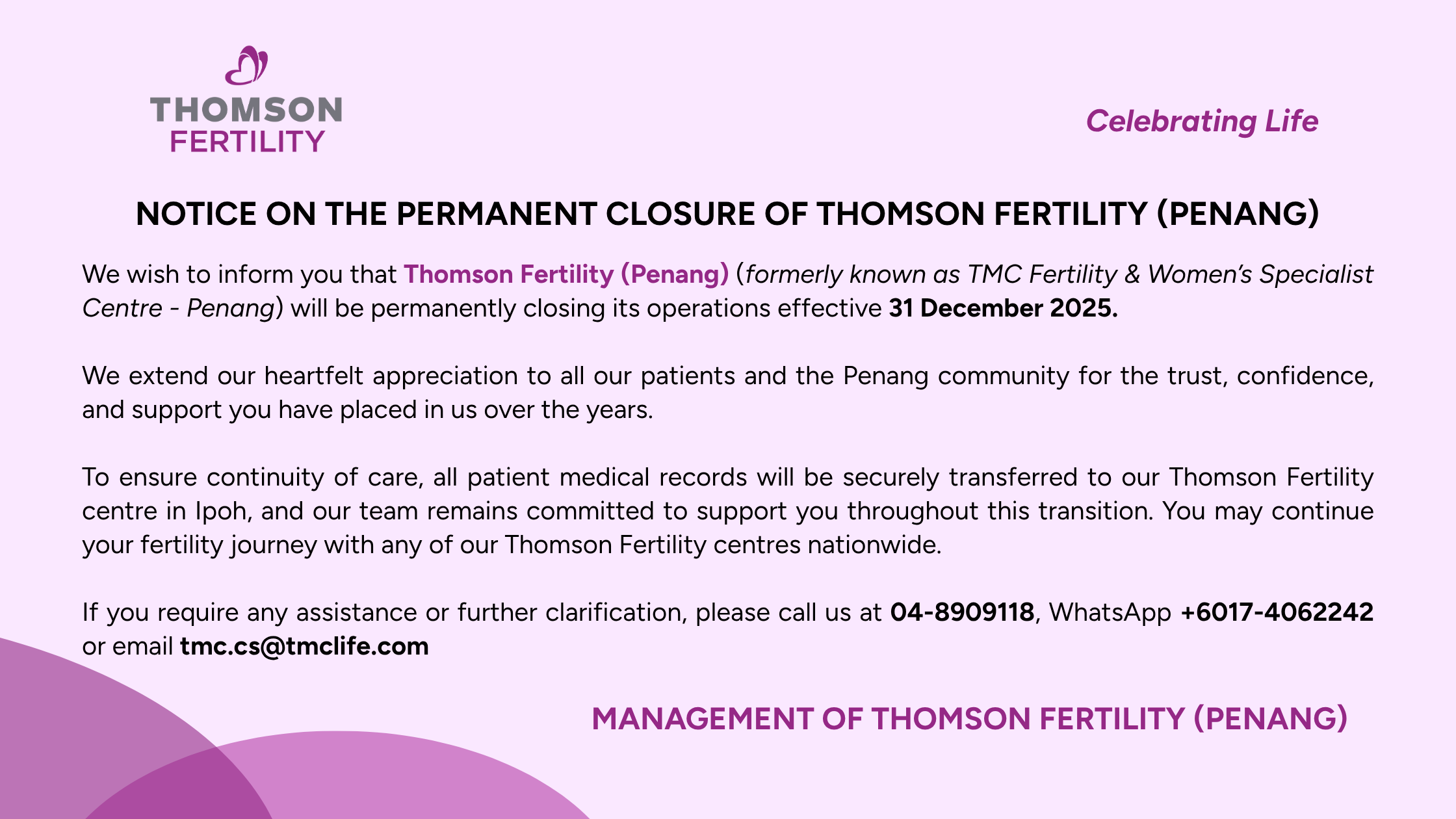In assisted reproductive techniques (ART), EmbryoGlue is deemed a significant factor at play when discussing IVF implantation rates. But how exactly does this hyaluronan-rich transfer medium used within the uterine ecosystem to aid implantation?
In this writeup, we’ll detail the science behind this “magical glue” that helps embryos to stick better to the uterine cavity.
What is EmbryoGlue?
EmbryoGlue is an adhesive biomedium with a high content of naturally-occurring hyaluronic acid (HA). Its “stickiness” can be attributed to carbohydrate molecules present that bind to surface receptors in the uterine wall, giving it an additional grip during implantation.
Here are some key features of EmbryoGlue :
- High Concentration of Hyaluronic Acid: HA enhances the natural cell adhesion process, easing embryo attachment and binding to the uterine lining.
- Nutrient-Rich Formula: Provides nutrients and a film of protection to the embryo during transfer and early implantation.
- Non-Toxic and Biocompatible: Its natural ingredients mimic the natural conditions of the uterus with minimal side effects.
How Does It Work?
The functional mechanism of EmbryoGlue lies in its ability to improve the interaction between the embryo and the endometrial lining through carbohydrate receptor binding.
- Enhanced Cell Adhesion: EmbryoGlue’s high viscosity ensures the embryo remains as close as possible to the endometrium, increasing chances of binding and effective implantation. close to the endometrium, increasing the likelihood of successful implantation.
- Improved Embryo Viability: By providing a stable and nourishing environment, EmbryoGlue acts as a supporting agent for the embryo during the delicate transfer phase.
Success Rates and Considerations
Here are some areas in which EmbryoGlue has managed to increase success rates of, within the context of IVF applications :
Improved Implantation Rates: EmbryoGlue’s high viscosity and levels of hyaluronic acid reduce instances of movement that can cause the embryo to detach by forming additional bonds with the uterine lining.
Increased Pregnancy Outcomes: Clinical trials show that using EmbryoGlue during embryo transfers yielded higher viable pregnancy rates and resulted in more live births, compared to standard mediums.
Impact on Challenging Cases: In cases of poor endometrial receptivity or advanced maternal age, EmbryoGlue has been proven to have significantly better implantation rates despite these obstacles.
Studies suggest that the use of EmbryoGlue substantially boosts chances of an implantation, particularly in women who have experienced repeated implantation failures. However, results can vary, and its success often depends on individual circumstances.
Conclusion
For couples navigating the IVF journey, EmbryoGlue can serve as an additional layer of support and nutrients—an often dismissible factor yet carries much importance to success rates. Its role in increasing implantation rates gives hope to parents-to-be in achieving the goal of a full-term pregnancy.



